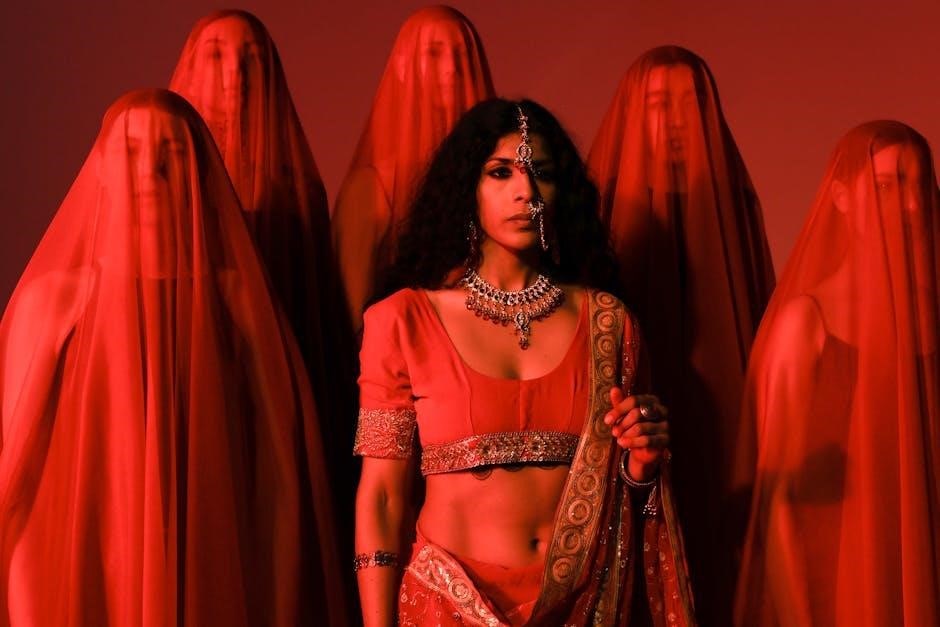A well-fitted pair of women’s dress pants can elevate confidence and professionalism. This guide helps you navigate fit, style, and fabric choices to find your perfect match.
1.1 The Importance of Proper Fit in Women’s Dress Pants
A proper fit in women’s dress pants is essential for both comfort and confidence. Ill-fitting pants can lead to discomfort, restricted movement, and a less polished appearance. When pants fit well, they create a flattering silhouette, enhance posture, and project professionalism. Poorly fitted pants, on the other hand, can draw attention away from your overall look and make you feel self-conscious. A well-tailored pair ensures that you feel empowered and prepared for any occasion, whether it’s a formal event or a day at the office. Investing in the right fit is not just about style; it’s about making a lasting impression and ensuring all-day comfort.
1.2 Understanding Body Proportions for Dress Pants
Understanding your body proportions is key to finding dress pants that flatter your figure. Measure your waist, hips, and inseam to identify your body type. If you have an hourglass figure, look for pants that cinch at the waist and skim over the hips. For a pear-shaped body, opt for styles that balance the hips and thighs, such as wide-leg or flared pants. Petite frames benefit from tailored, streamlined designs, while taller women can embrace longer inseams or high-waisted styles. Recognizing your proportions ensures a balanced, polished look. This knowledge helps you select styles that create harmony and confidence, making your dress pants both functional and fashionable for any occasion.

Measuring for the Perfect Fit
Accurate measurements are essential for a flawless fit. Measure your natural waistline, hip circumference, and inseam to determine your size accurately. Use a flexible tape measure for precision, ensuring the tape is level and not too tight. Record these measurements and refer to size charts to select the best fit. Consider fabric stretch and pant style, as they may affect sizing. High-waisted pants sit differently than low-rise, so choose based on comfort and body type. Proper measurements ensure optimal comfort and a polished appearance, making the effort worthwhile for a perfect pair of dress pants.
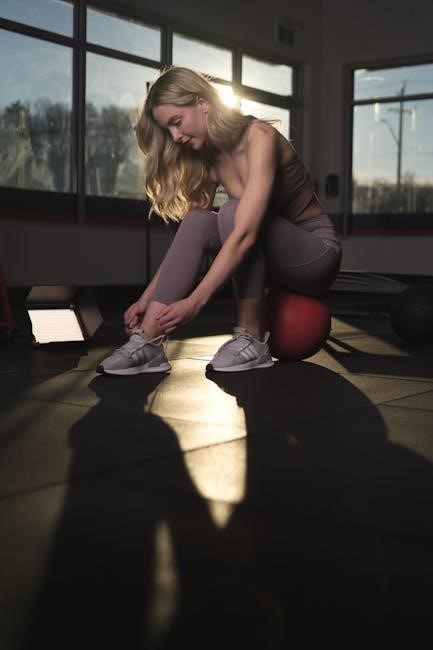
2.1 How to Measure Waist, Hips, and Inseam
Measuring correctly is crucial for a perfect fit. Start with your natural waistline, typically just above the belly button. Use a flexible tape measure and keep it level. For hips, measure around the fullest part, usually 7-9 inches below the waist. Ensure the tape isn’t too tight or loose. The inseam is measured from the top of the inner thigh to the bottom of the ankle. Stand straight and relax while measuring. Record these numbers to compare with size charts. Double-check your measurements for accuracy, as they vary by brand and style. Proper measuring ensures a flattering and comfortable fit, making the process worth the effort for your ideal dress pants.
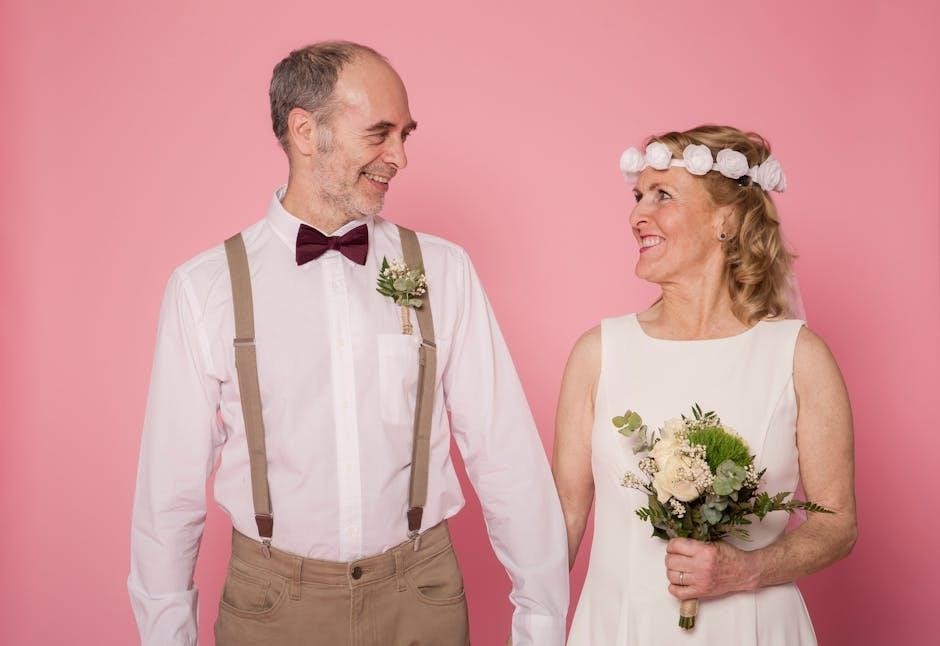
2.2 Using Measurements to Choose the Right Size
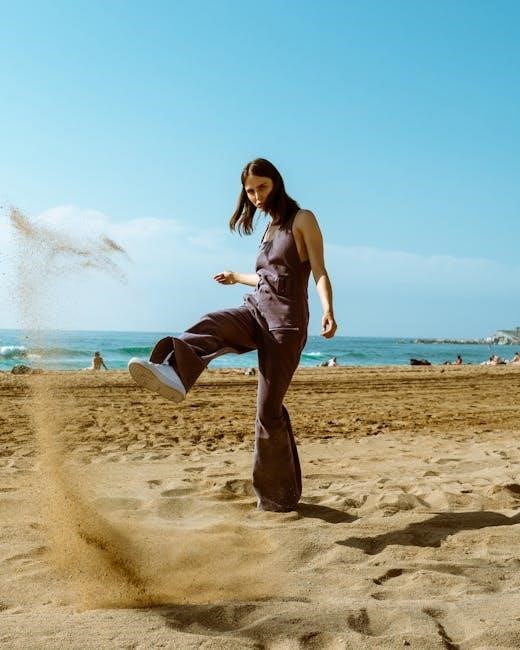
Once you have your measurements, compare them to the brand’s size chart to find your best fit. Waist and hip measurements are crucial for determining your size, while inseam helps ensure the correct length. Consider the style of the pants, as some designs may have a more relaxed or tailored fit. If your measurements fall between sizes, opt for the larger one for comfort. Stretch fabrics may allow for a snugger fit, while structured fabrics like wool or linen require a bit more room. Always check the sizing chart for each brand, as sizes can vary. Accurate measurements and size chart comparison ensure a flattering and comfortable fit, making your dress pants both stylish and practical.

Fabric and Style Considerations
Fabric choice impacts comfort and appearance, while style determines flattery. Match fabric to occasion and style to body type for a polished, confident look in dress pants.
3.1 Choosing the Right Fabric for Dress Pants
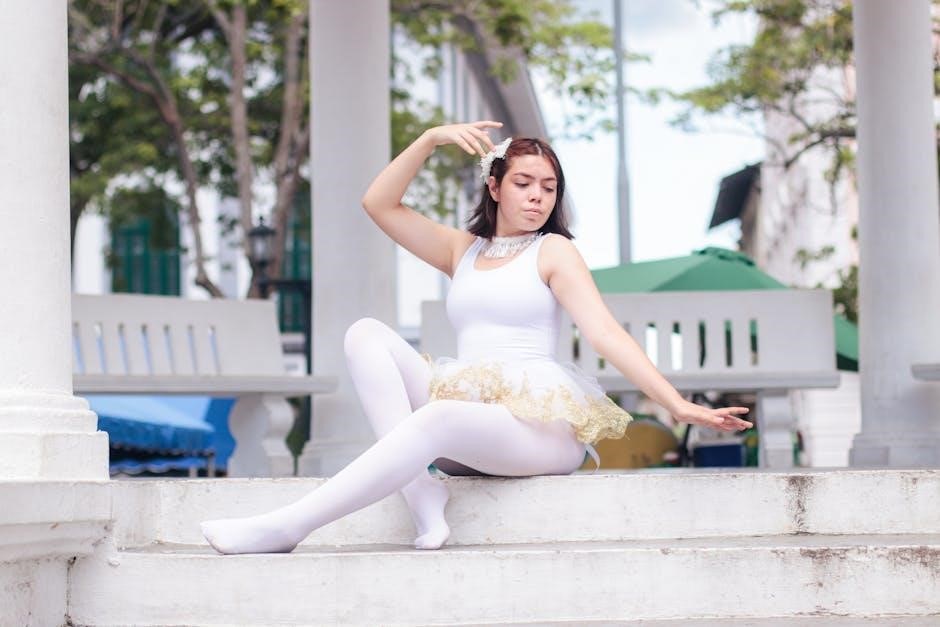
Selecting the right fabric is crucial for both comfort and aesthetics. Wool and cashmere are ideal for formal occasions, offering a luxurious feel and drape. Cotton and linen are breathable, perfect for warmer weather, while stretch fabrics like spandex blends provide flexibility and a flattering fit. Consider the occasion and your lifestyle when choosing fabric. For professional settings, opt for structured materials like wool or tweed. For casual wear, lighter fabrics with stretch are more practical. The fabric should also complement your body type and personal style, ensuring a polished look. Always check the fabric care instructions to maintain its quality and longevity. The right fabric choice enhances both functionality and style in women’s dress pants.
3.2 Popular Styles of Women’s Dress Pants
Women’s dress pants come in various styles to suit different preferences and occasions. Skinny and straight-leg pants are popular for their streamlined look, ideal for formal events or office wear. Wide-leg and culottes offer a more relaxed fit, perfect for casual or trendy outfits. High-waisted styles are flattering for elongating the torso, while low-rise options cater to modern fashion trends. Jogger pants blend comfort with style, featuring elastic waistbands and tapered legs. Each style can be tailored to body proportions, ensuring a flattering silhouette. The choice of style depends on personal comfort, body type, and the desired aesthetic. Whether formal or casual, there’s a style of dress pants to suit every woman’s needs and enhance her confidence.
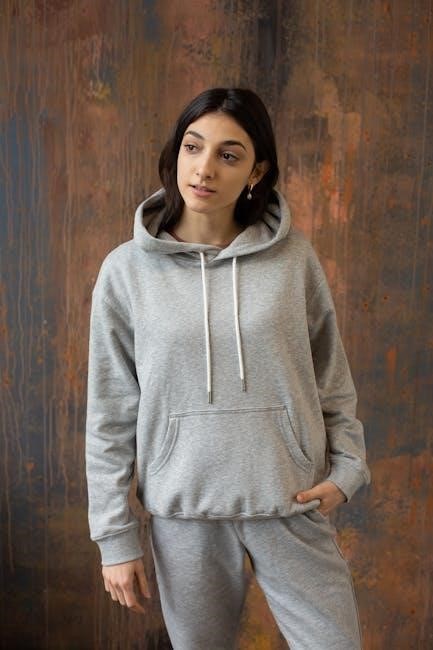
Fit Details to Look For
Focus on waist fit, darts, and seams to ensure a flattering silhouette. Proper tailoring enhances comfort and style, while subtle details like stretch and fabric drape improve wearability.
4.1 Waist Fit and Comfort
A well-fitted waistband is essential for both comfort and style in women’s dress pants. It should sit comfortably, neither too tight nor too loose, ensuring freedom of movement. High-waisted styles can provide additional coverage and support, while mid-rise or low-rise options cater to different body types. Adjustable features like belts or elastic waistbands can enhance customization, offering a secure fit. Additionally, stretch fabrics allow for flexibility, accommodating various activities without compromising comfort. Proper waist fit ensures the pants stay in place all day, combining aesthetics with practicality for a polished look.
4.2 Darts and Seams for a Flattering Silhouette
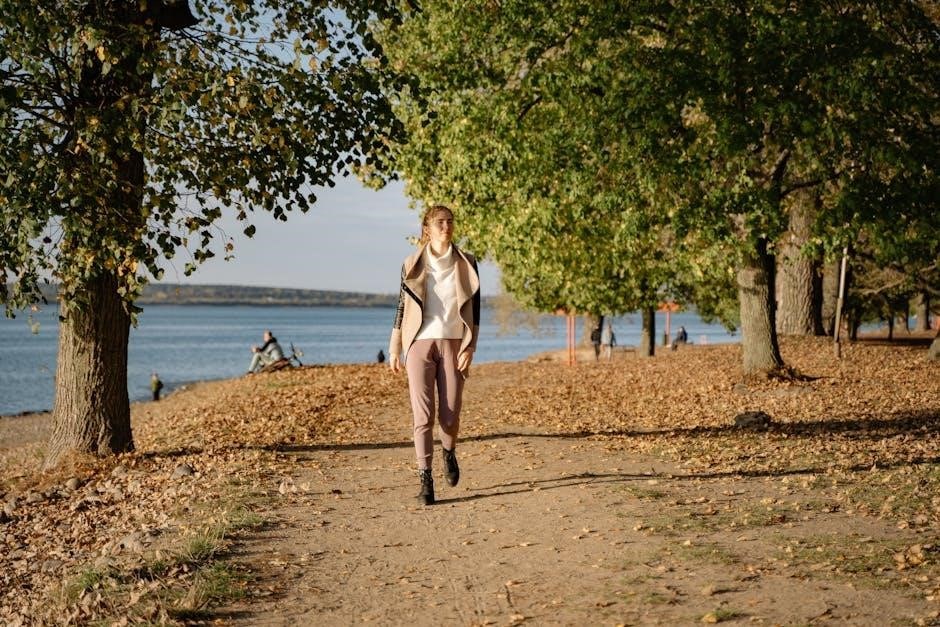
Darts and seams play a crucial role in shaping women’s dress pants to create a flattering silhouette. Darts are strategically placed to contour the body, enhancing curves while ensuring a smooth fit. Side seams and inseams help elongate the legs, creating a balanced proportion. Tailored darts at the waist and hips can slim the midsection and accentuate curves, while back darts ensure a snug, comfortable fit. Seams also contribute to structure, preventing fabric from clinging unflatteringly. Together, these design elements create a polished, tailored appearance that complements various body types. Properly aligned seams and darts ensure the pants skim the body gracefully, offering both style and comfort for a confident look.
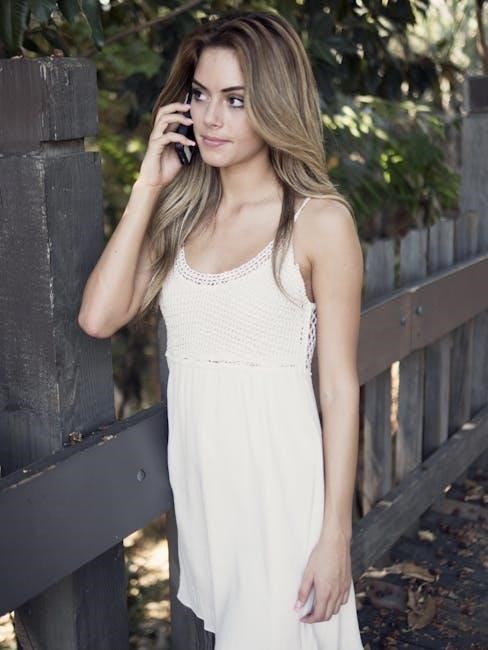
Additional Features for Optimal Fit
Additional features like pockets, belt loops, and stretch fabric enhance functionality and comfort. These details ensure a tailored fit while maintaining style and practicality for everyday wear.
5.1 Pockets and Belt Loops: Functionality and Style
Pockets and belt loops in women’s dress pants offer both practicality and aesthetic appeal. Functional pockets provide convenience for carrying essentials without adding bulk, while decorative stitching enhances style. Belt loops ensure a secure fit with adjustable belts, accommodating varying waist sizes. Side pockets should align with the thigh for a balanced look, while back pockets can add shape and symmetry. These details not only improve functionality but also contribute to a polished, professional appearance, making them essential features for a flattering and comfortable fit.
5.2 The Role of Stretch in Modern Dress Pants
Stretch fabrics have revolutionized women’s dress pants, offering unparalleled comfort and flexibility. Modern dress pants often incorporate stretch materials like spandex or elastane, allowing for ease of movement while maintaining a polished appearance. This feature is particularly beneficial for long workdays or active lifestyles, as it prevents restrictive discomfort. The inclusion of stretch ensures pants retain their shape throughout the day, hugging the body without feeling tight. This blend of structure and flexibility makes stretch dress pants a practical choice for various occasions, from professional settings to casual events. The right amount of stretch enhances both fit and functionality, creating a flattering silhouette that supports a dynamic lifestyle.
Confidence and style go hand in hand with well-fitting dress pants. This guide’s tips on fit, fabric, and details help you find the perfect pair effortlessly.
6.1 Final Tips for Finding Your Perfect Pair
When searching for your ideal women’s dress pants, prioritize fit, comfort, and style. Ensure you know your measurements and consider the occasion. Choose fabrics that suit the event, like wool for formal settings or stretch for everyday wear. Experiment with styles—high-waisted for elongation, wide-leg for balance, or tailored for a sleek look. Pay attention to details like darts and seams that enhance your silhouette. Don’t overlook functional features such as pockets or belt loops. Opt for stretch fabrics if you prefer flexibility. Lastly, try before you buy if possible, and invest in alterations for a custom fit. Rotate your favorites to extend their lifespan and maintain a polished wardrobe.
